The end of NASA’s plutonium shortage may be in sight. On Monday March 18th, NASA’s planetary science division head Jim Green announced that production of Plutonium-238 (Pu-238) by the United States Department of Energy (DOE) is currently in the test phases leading up to a restart of full scale production.
“By the end of the calendar year, we’ll have a complete plan from the Department of Energy on how they’ll be able to satisfy our requirement of 1.5 to 2 kilograms a year.” Green said at the 44th Lunar and Planetary Science Conference being held in Woodlands, Texas this past Monday.
This news comes none too soon. We’ve written previously on the impending Plutonium shortage and the consequences it has for future deep space exploration. Solar power is adequate in most cases when you explore the inner solar system, but when you venture out beyond the asteroid belt, you need nuclear power to do it.
Production of the isotope Pu-238 was a fortunate consequence of the Cold War. First produced by Glen Seaborg in 1940, the weapons grade isotope of plutonium (-239) is produced via bombarding neptunium (which itself is a decay product of uranium-238) with neutrons. Use the same target isotope of Neptunium-237 in a fast reactor, and Pu-238 is the result. Pu-238 produces 280x times the decay heat at 560 watts per kilogram versus weapons grade Pu-239 and is ideal as a compact source of energy for deep space exploration.
Since 1961, over 26 U.S. spacecraft have been launched carrying Multi-Mission Radioisotope Thermoelectric Generators (MMRTG, or formerly simply RTGs) as power sources and have explored every planet except Mercury. RTGs were used by the Apollo Lunar Surface Experiments Package (ALSEP) science payloads left on by the astronauts on the Moon, and Cassini, Mars Curiosity and New Horizons enroute to explore Pluto in July 2015 are all nuclear powered.
Plutonium powered RTGs are the only technology that we have currently in use that can carry out deep space exploration. NASA’s Juno spacecraft will be the first to reach Jupiter in 2016 without the use of a nuclear-powered RTG, but it will need to employ 3 enormous 2.7 x 8.9 metre solar panels to do it.
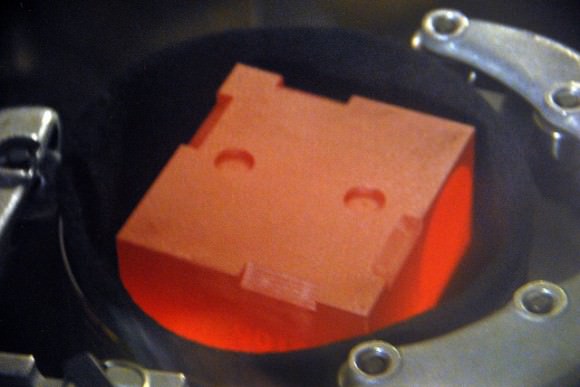
The problem is, plutonium production in the U.S. ceased in 1988 with the end of the Cold War. How much Plutonium-238 NASA and the DOE has stockpiled is classified, but it has been speculated that it has at most enough for one more large Flag Ship class mission and perhaps a small Scout class mission. Plus, once weapons grade plutonium-239 is manufactured, there’s no re-processing it the desired Pu-238 isotope. The plutonium that currently powers Curiosity across the surface of Mars was bought from the Russians, and that source ended in 2010. New Horizons is equipped with a spare MMRTG that was built for Cassini, which was launched in 1999.
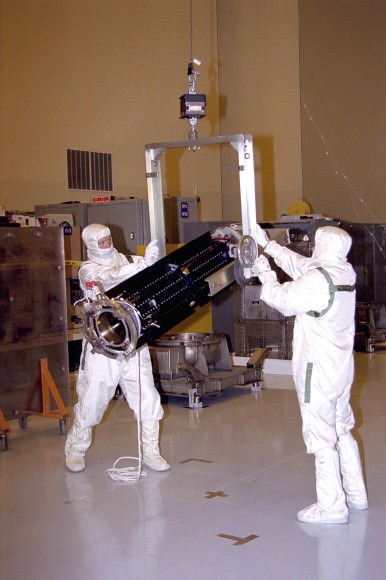
As an added bonus, plutonium powered missions often exceed expectations as well. For example, the Voyager 1 & 2 spacecraft had an original mission duration of five years and are now expected to continue well into their fifth decade of operation. Mars Curiosity doesn’t suffer from the issues of “dusty solar panels” that plagued Spirit and Opportunity and can operate through the long Martian winter. Incidentally, while the Spirit and Opportunity rovers were not nuclear powered, they did employ tiny pellets of plutonium oxide in their joints to stay warm, as well as radioactive curium to provide neutron sources in their spectrometers. It’s even quite possible that any alien intelligence stumbles upon the five spacecraft escaping our solar system (Pioneer 10 & 11, Voyagers 1 & 2, and New Horizons) could conceivably date their departure from Earth by measuring the decay of their plutonium power source. (Pu-238 has a half life of 87.7 years and eventually decays after transitioning through a long series of daughter isotopes into lead-206).
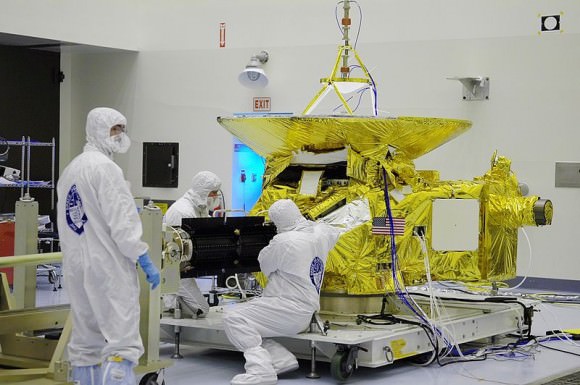
The current production run of Pu-238 will be carried out at the Oak Ridge National Laboratory (ORNL) using its High Flux Isotope Reactor (HFIR). “Old” Pu-238 can also be revived by adding newly manufactured Pu-238 to it.
“For every 1 kilogram, we really revive two kilograms of the older plutonium by mixing it… it’s a critical part of our process to be able to utilize our existing supply at the energy density we want it,” Green told a recent Mars exploration planning committee.
Still, full target production of 1.5 kilograms per year may be some time off. For context, the Mars rover Curiosity utilizes 4.8 kilograms of Pu-238, and New Horizons contains 11 kilograms. No missions to the outer planets have left Earth since the launch of Curiosity in November 2011, and the next mission likely to sport an RTG is the proposed Mars 2020 rover. Ideas on the drawing board such as a Titan lake lander and a Jupiter Icy Moons mission would all be nuclear powered.
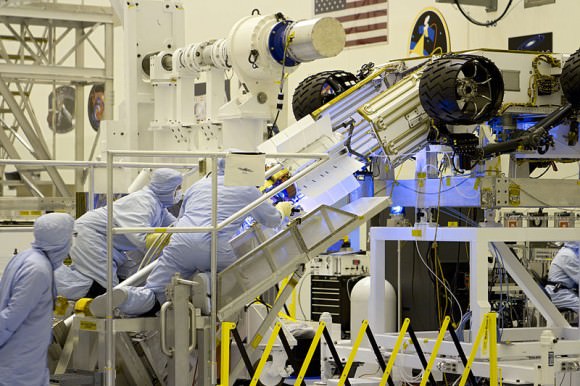
Along with new plutonium production, NASA plans to have two new RTGs dubbed Advanced Stirling Radioisotope Generators (ASRGs) available by 2016. While more efficient, the ASRG may not always be the device of choice. For example, Curiosity uses its MMRTG waste heat to keep instruments warm via Freon circulation. Curiosity also had to vent waste heat produced by the 110-watt generator while cooped up in its aero shell enroute to Mars.
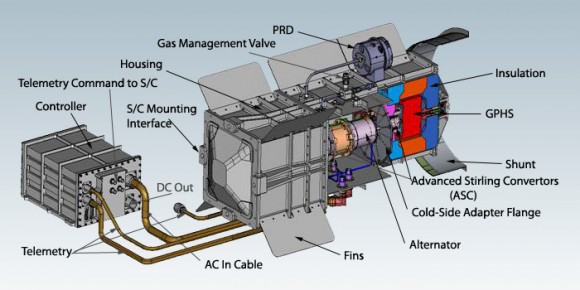
And of course, there are the added precautions that come with launching a nuclear payload. The President of the United States had to sign off on the launch of Curiosity from the Florida Space Coast. The launch of Cassini, New Horizons, and Curiosity all drew a scattering of protesters, as does anything nuclear related. Never mind that coal fired power plants produce radioactive polonium, radon and thorium as an undesired by-product daily.
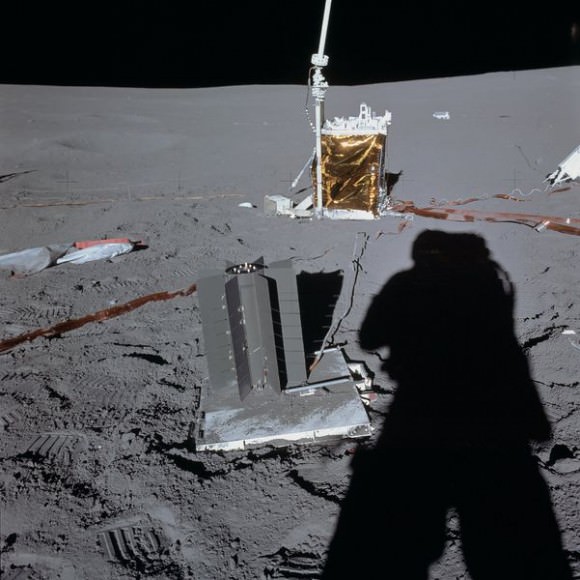
Said launches aren’t without hazards, albeit with risks that can be mitigated and managed. One of the most notorious space-related nuclear accidents occurred early in the U.S. space program with the loss of an RTG-equipped Transit-5BN-3 satellite off of the coast of Madagascar shortly after launch in 1964. And when Apollo 13 had to abort and return to Earth, the astronauts were directed to ditch the Aquarius Landing Module along with its nuclear-powered science experiments meant for the surface of the Moon in the Pacific Ocean near the island of Fiji. (They don’t tell you that in the movie) One wonders if it would be cost effective to “resurrect” this RTG from the ocean floor for a future space mission. On previous nuclear-equipped launches such as New Horizons, NASA placed the chance of a “launch accident that could release plutonium” at 350-to-1 against Even then, the shielded RTG is “over-engineered” to survive an explosion and impact with the water.
But the risks are worth the gain in terms of new solar system discoveries. In a brave new future of space exploration, the restart of plutonium production for peaceful purposes gives us hope. To paraphrase Carl Sagan, space travel is one of the best uses of nuclear fission that we can think of!

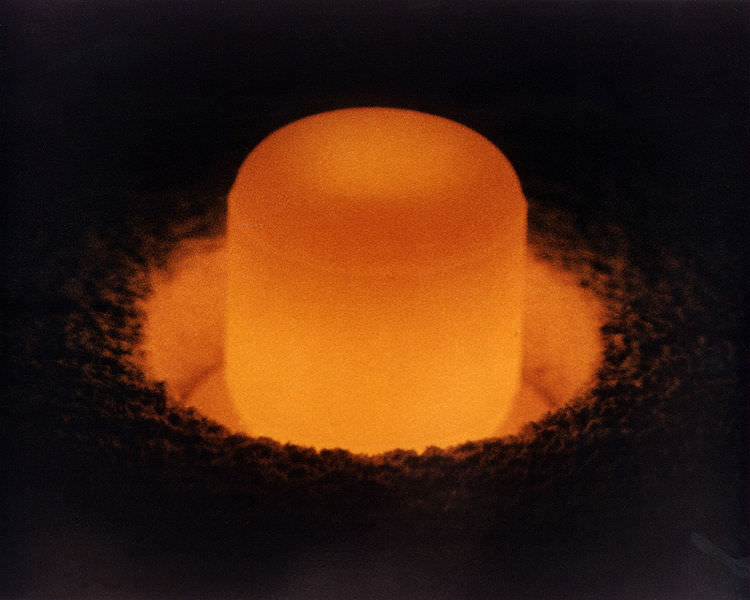
They couldn’t outsource this to Iran?
Why not just pay Iran for whatever plutonium they produce? It would normalize relations and shut them damn anti-nuclear hippies up.
If Iran began refining anywhere close to this level we would already be at war with them and for good reason because they would have the payload part of a nuclear weapon complete.
Pu-238 is not Pu-239.
If Iran would produce Pu-238 then it would not be such a big problem.
HOLY SHIT! Someone that actually knows science!!!!!
*they would have their Nuclear deterrent complete.
First off, is that the theory you used with saddams nuclear weapons? oooooo wait. he never had any. second, you obviously are not qualified to discuss public relations when you dont even realize the difference between Pu-238 and Pu-239, so you’re an idiot that should just keep your mouth shut and let some of us that actually know what were doing do what we do best.
MMMMMM.
Plutonium marshmallows in my cocoa.
1.21 Gigawatts!!
Sounds like something you would get if you upset the Russians or the Israelis! lol, one lump of polonium or two?
1. “Mars rover Curiosity utilizes 4.8 kilograms of Pu-238”
2. “Pu-238 produces 280x times the decay heat via fission of weapons grade Pu-239 at 560 watts per kilogram”
3. “Curiosity also had to vent waste heat produced by the 110-watt generator …” ???
Efficiency. ” The MMRTG produces electricity at an operational efficiency of 6 to 7 percent.” – NASA
solarsystem.nasa.gov/rps/rtg.cfm
To put that in context, Pu-239 only generates 2 watts per kg of decay heat. 560/2=280 times the amount for Pu-238.
IT was only dumping waste heat while it was in transit to mars (durring which time it was not operational). Once on the surface it uses all of that energy to power its wheels, cameras, robotic arm, and lasers.
The island nation is Fiji, two I’s, and Wikipedia says it has 110 islands. Fuji is a mountain in Japan (and a few other things, none of which are islands.)
A base on the moon could send out probes as fast as they could be built; the moon has a very low escape velocity compared to the Earth or Mars. The Moon should be where we build our first space station.
We would then use an Electromagnetic rail gun to launch cargo into space
We would then use an Electromagnetic rail gun to launch cargo into space
This is silly and is going to cost us billions. Here’s a crazy, out there solution: We pay Iran for their Plutonium that is produced as they enrich and refine their Uranium. It would bring the two countries to work together while stripping Iran of the necessary components the neo-hawks in washington think is used for a bomb, while simultaneously advancing Iran and elevating them to western standards. WW3, diverted; space, here we come!
I have been reading from UniverseToday now for 8 Years! I love this place!
You mean after all these years we can’t come up with something better than throwing the most poisonous substance on Earth out into space? It’s as if we intentionally want to destroy everything around us. What kind of a species are we?
Not sure how you can destroy/poison space with Pu-238; way more dangerous here on Earth. Nuclear energy is the only way to viably explore space at an advanced level; other power sources do not have enough energy density. Solar power is limited to inner solar system. Chemical rockets for example will always be slow and throw away most of their lift mass in fuel. Antimatter (if we could make it) would work but is way more dangerous than any nuclear material.
Maybe you are not aware but space tries to kill us with far more powerful resources than this plutonium. Pu-238 emits alpha particles so is easily shielded and only has a half life of 88 years.
NASTY but necessary stuff for deep space exploration, but there ARE some problems 1) Production accountability (Who minds the minders?) 2) Precedent’s set (Will the Chinese see our actions as an excuse to refine plutonium?) 3) Residuals disposal 4) Production management (Usually assigned to the lowest bidder?)
But other than that.. I say… Let’s go for it!
They never should have stopped production of this needed fuel.
You are insane. Turning the universe into a garbage heap is not the best way to explore it.
Liquid Fluoride Thorium Reactors (LFTRs)
-The solution for our energy problem and much more.
-Inherently safe, the only safety feature needed relies on gravity.
-Abundant fuel that will last 30 billion years.
-One medium sized mine can fuel the whole worlds energy needs.
-Can produce synthetic CO2-neutral fuel for our current vehicles.
-Negligible waste, only 7% of the end products need to be stored, and then only for 300 years.
-Produces vital materials like neodymium and specifically Plutonium-238 – without having to deal with the nastier forms of plutonium.